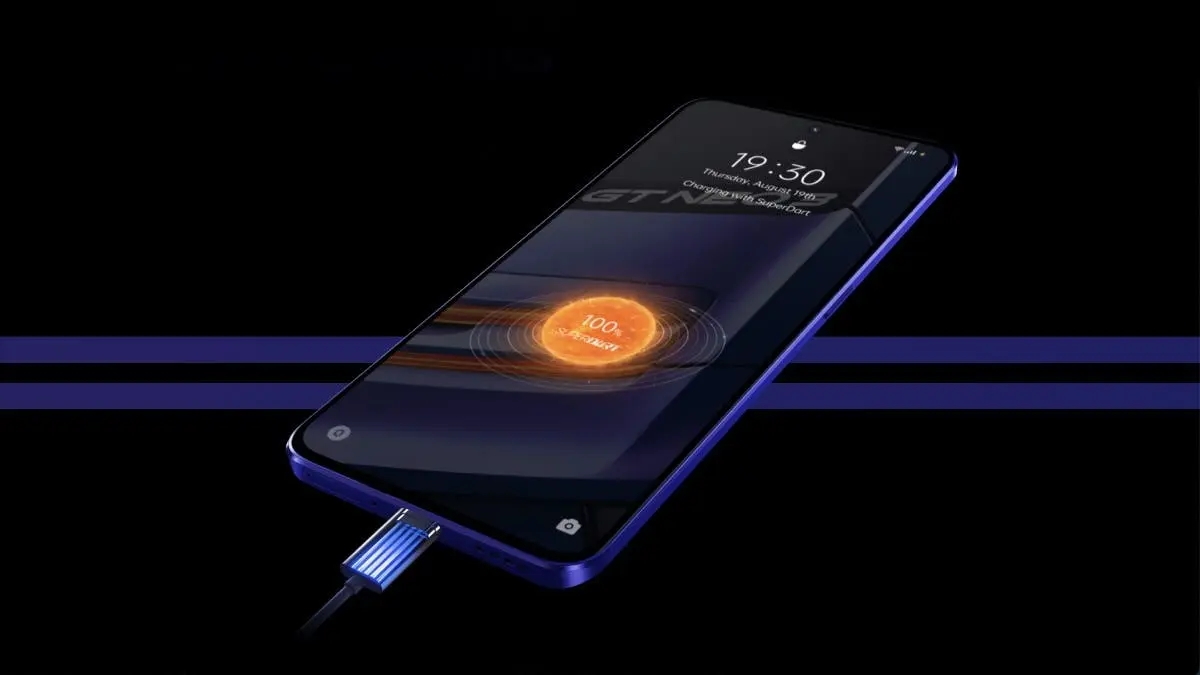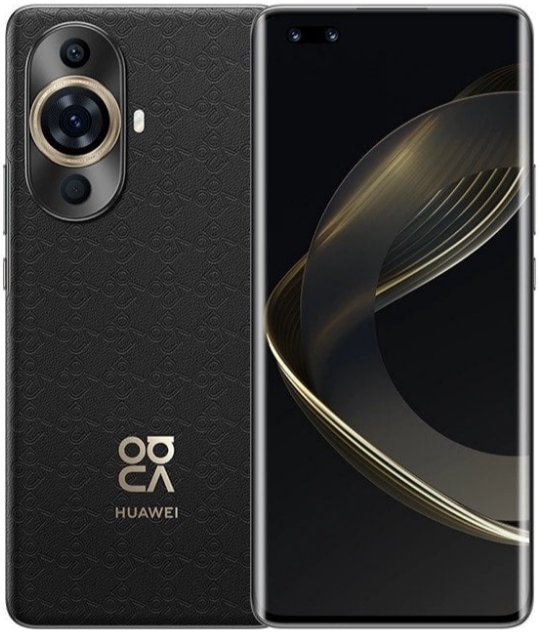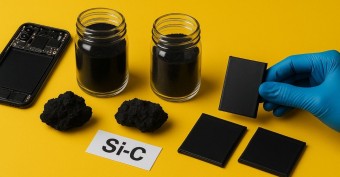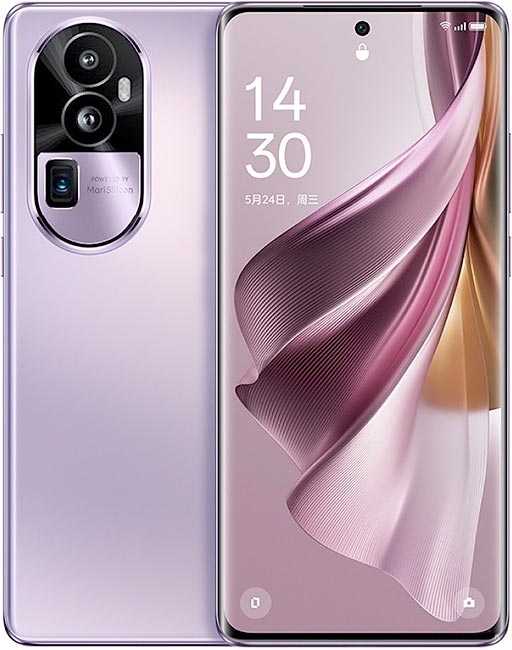The best smartphones with very fast wired charging
We independently test the products and technologies that we recommend.

Detailed characteristics of the models from the review are given in a visual comparison table of smartphones with fast wired charging. You can select a mobile phone yourself in the appropriate section of the catalog.

| Kvshop.com.ua | 12 999 ₴ | To Store |
| АЛЛО | 13 999 ₴ | To Store |
| Stylus.ua | 11 499 ₴ | To Store |
| Цифра | 11 299 ₴ | To Store |
| Q-techno.com.ua | 11 495 ₴ | To Store |
Xiaomi Redmi Note 13 Pro Plus is a “people’s” smartphone that has brought to the masses those attributes that were previously found in flagship mobile devices.
The first thing that attracts attention is the OLED screen of the model with curved edges. Its diagonal dimensions are 6.67 inches, the image on the gadget’s display is displayed in high resolution 2712x1220 pixels, and the panel refresh rate reaches 120 Hz. The list of positive qualities of the display includes 12-bit color representation and a high peak brightness threshold when playing HDR content - up to 1800 nits.
The device runs on a 4-nanometer MediaTek Dimensity 7200 Ultra chipset. The smartphone has 8/256 GB of memory (without expansion slot). The model’s processor has been modified so that it can unlock the potential of the stabilized main camera sensor of the Samsung ISOCELL HP3 Discovery Edition 200 MP. This sensor is accompanied by an 8 MP ultra-wide sensor and a 2 MP macro module.
The model “spied” on the under-screen implementation of a fingerprint scanner and the moisture protection of the case at IP68 level from top colleagues in the workshop. The smartphone also has the fastest wired battery charging with a power of 120 W - you can fully charge a 5000 mAh battery in 19 minutes. The picture of the Xiaomi Redmi Note 13 Pro Plus is complemented by pleasant little things like support for 5G, an NFC chip and a proprietary infrared port.

Huawei Nova 11 Pro certainly stands out with its design against the background of a horde of classmate smartphones. The model harmoniously combines a large curved screen, a dual selfie camera and a leather-like back finish. However, there are also classic modifications of the device with a glass back panel on sale.
The smartphone screen is made using OLED technology and stretches diagonally by 6.78 inches. The side edges of the display are curved, and Kunlun Glass is installed on top of the OLED panel. As for the screen resolution, it is 2652x1200 pixels. The panel refresh rate can be switched up to 120Hz. The owner of the smartphone is identified by a fingerprint, for which a fingerprint scanner in the screen is used.
The model comes with a Snapdragon 778G processor, from which the 5G modem was removed. It's a solid mid-range chipset, backed by 8GB of RAM and 256GB of non-expandable internal storage. The smartphone runs the HarmonyOS 3.0 operating system without the usual Google services. You can install them from AppGallery using the Gbox virtual environment.
Photographs Huawei Nova 11 Pro with a dual rear camera of 50 + 8 MP format. And the most interesting thing about the smartphone is its dual front camera with 8 MP and 60 MP modules (for portrait photography). The device is powered by a 4500 mAh battery with a 100-watt wired charging function - literally in 15 minutes. The battery is charged from zero to 50%. With such a speed of replenishment of energy reserves, you can spend much less time at the outlet.
At the head of the Reno10 smartphone family from OPPO is the top model with the Pro+ prefix. And it may well compete on equal terms even with some flagships of the mobile industry.
The smartphone was equipped with a powerful Snapdragon 8+ Gen 1 processor and did not spare RAM – there are as many as 16 GB of it. The device runs any games at maximum graphics settings, and the device also has no problems running resource-intensive mobile applications. The smartphone's electronic components are powered by a 4,700 mAh battery that supports 100-watt wired charging. In order to effectively use all the charging power, the device has a separate chip for managing the SuperVOOC S power supply.
The device greets the user with a 6.74-inch AMOLED screen with rounded side edges. The model’s display broadcasts images in high resolution 2772x1220 pixels and supports dynamic adjustment of the refresh rate with modes of 45, 60, 90 and 120 Hz. An under-screen fingerprint scanner was built into the lower segment of the AMOLED panel.
OPPO Reno10 Pro Plus received a 32 MP front camera with a lens in the island hole of the screen and a triple main camera of 50 + 8 + 64 MP format. Moreover, the leading image sensor and telephoto camera provide their own optical image stabilization systems. The TV module is made in the form of a periscope camera with a 3x zoom and hybrid zoom of up to 120x. The MariSilicon X neural coprocessor takes part in processing images and videos from the camera. Other equipment of the smartphone includes an NFC chip, support for Wi-Fi 6 and speakers with stereo sound.

If you want to get a flagship-level smartphone at an adequate price, you should look at the Xiaomi 13T Pro model. And that's why.
The device harmoniously combines the highest productivity, a high-quality screen, a serious set of cameras from Leica, fast wired battery charging and IP68 waterproof housing. The smartphone is powered by the top-end mobile processor MediaTek Dimensity 9200+, for which there are simply no impossible tasks - it confidently handles applications of any degree of “severity”. At the same time, the smartphone provides 12 GB of LPDDR5X RAM and 256 GB of internal UFS 4.0 storage.
The front panel of the Xiaomi 13T Pro case is occupied by a flat AMOLED screen with a resolution of 2712x1220 pixels, a scanning frequency of up to 144 Hz and a diagonal size of 6.67 inches. A fingerprint scanner is installed in the under-screen layer. In the center of the upper segment of the display you can see an island hole for the needs of the 20 MP selfie camera lens. On the rear, the smartphone was equipped with a triple camera, consisting of a stabilized 50 MP main sensor, a 12 MP ultra-wide sensor and a 50 MP telephoto with 2x optical zoom.
The device is powered by a 5000 mAh battery with support for 120-watt charging. It’s no joke, it takes a smartphone less than 20 minutes to completely restore the energy reserves in the battery cells. pure time. Communications on board the model are represented by Wi-Fi 7, Bluetooth v 5.4, NFC chip, and infrared port. Finally, I would like to note the blue version of the model, in which the back has a leather-like finish.

The parent company Vivo is behind the IQOO brand smartphones. Initially, the brand was conceived to promote gaming smartphones, but now it offers fully charged flagship mobile phones. A striking example of this is IQOO 12.
The device is one of the first signs of the powerful Snapdragon 8 Gen 3 chipset. A Q1 auxiliary coprocessor is installed under the hood to ensure smooth gameplay in resource-intensive games. An additional chip allows you to maintain a stable fps level at lower temperatures. A cooling system with a large evaporation chamber (5705 mm²) is also used to remove heat. In the basic configuration, the smartphone has 12 GB of LPDDR5X RAM and 256 GB of internal storage.
On the front panel of the device there is a bright AMOLED screen with an adaptive refresh rate of up to 144 Hz and a resolution of 2800x1260 pixels. The peak display brightness threshold in HDR content display mode reaches 3000 nits. A fingerprint scanner was installed in the display of the device, and under the 16 MP front camera, a round hole was “perforated” in the center of the upper segment of the front panel.
IQOO 12 has a triple camera format of 50 + 50 + 64 MP - this is a stabilized leading image sensor, a high-resolution ultra-wide lens and a periscope telephoto with 3x optical zoom. Video is recorded on the rear camera of the smartphone in resolutions up to 8K. The device's power subsystem is represented by a 5000 mAh battery with a 120-watt charging function. For dessert, the model has advanced versions of wireless communications: Wi-Fi 7, Bluetooth v5.4 and, of course, 5G support.
Articles, reviews, useful tips
All materials

































